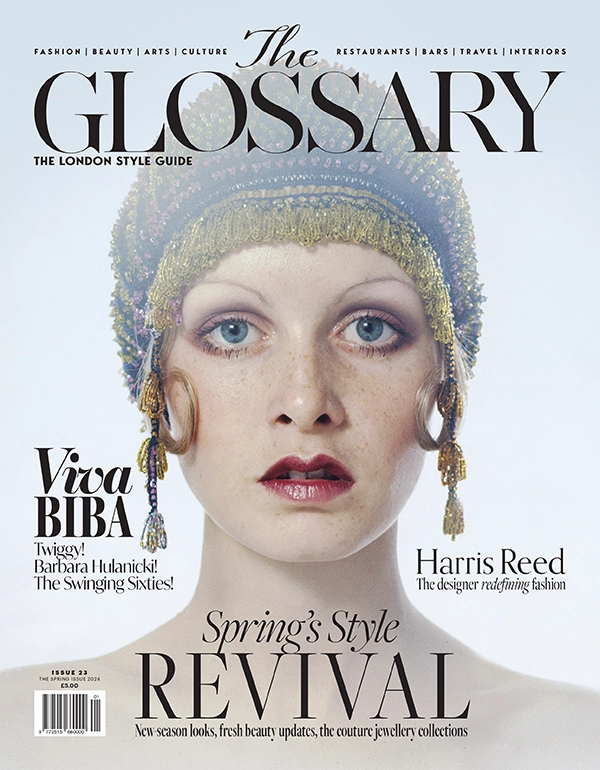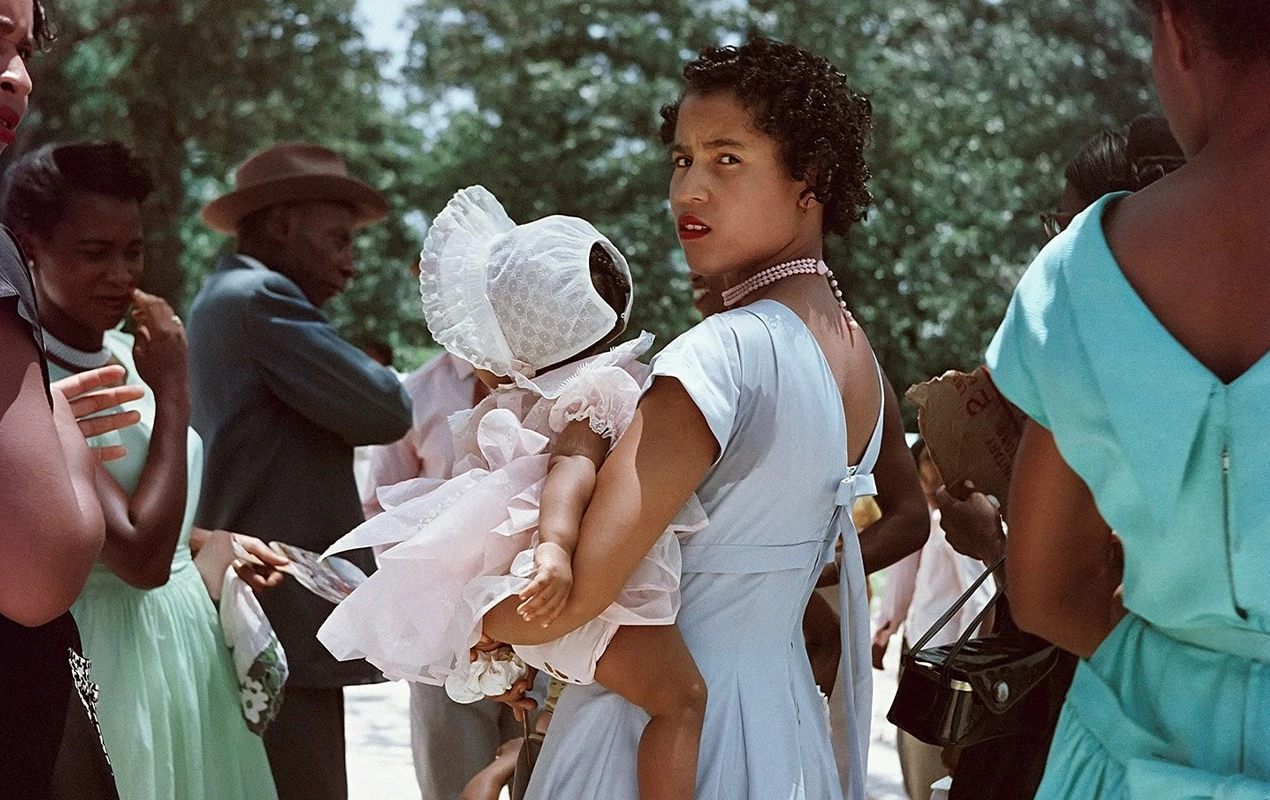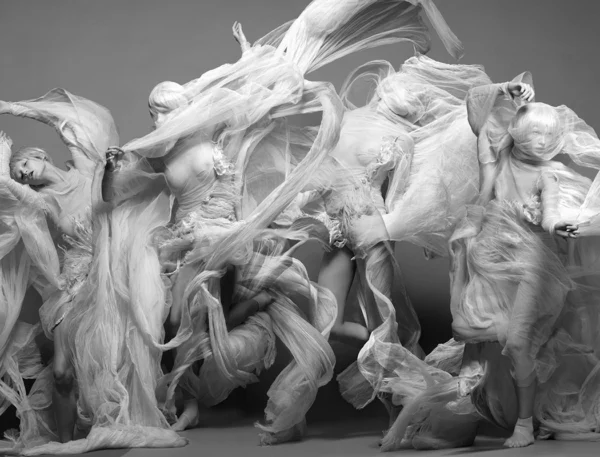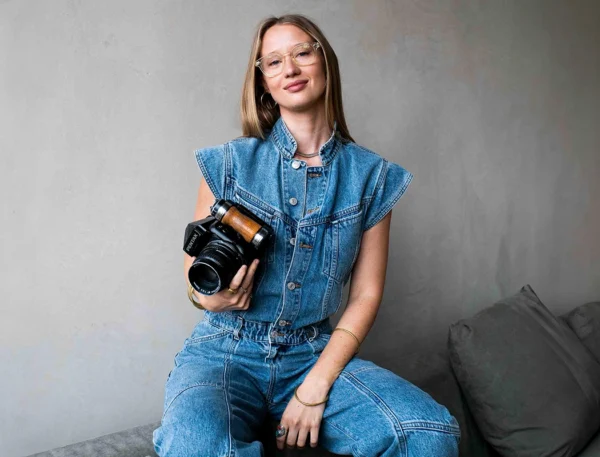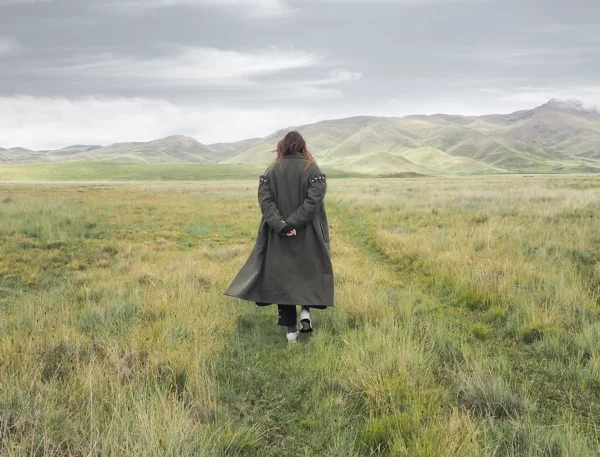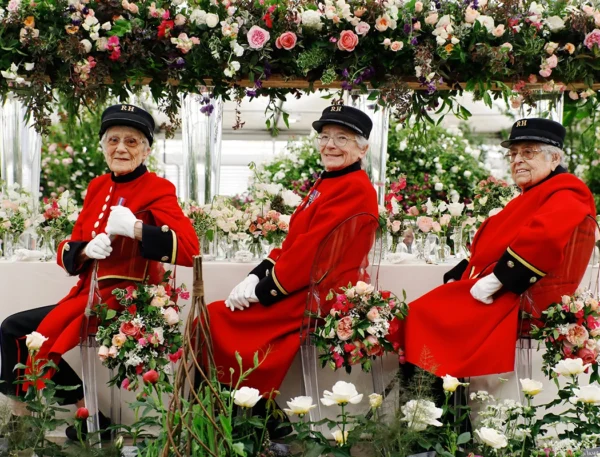Gordon Parks was many things – painter, composer, poet, writer, filmmaker – but above all he was known for his ground-breaking photography, which depicted arresting scenes of race relations, poverty and civil rights in America from the 1940s to the early 2000s. As a major new two-part show opens today at the Alison Jacques Gallery in Fitzrovia, his first to be held in London for over 25 years, Parks’ deeply personal images seem more poignant and timely than ever.
Throughout his lengthy career, Parks always sought to break new ground, whether it was becoming the first black photographer on staff at Life magazine in the Fifties, where he worked for over two decades, or the first black director to helm a Hollywood studio film, which he did in 1969 with the release of The Learning Tree. While his prolific photography spanned documentary, portraiture and fashion, where he shots for the likes of Vogue, it was his photo stories for Life that were to become his most enduring legacy and act as the focus of this exhibition.
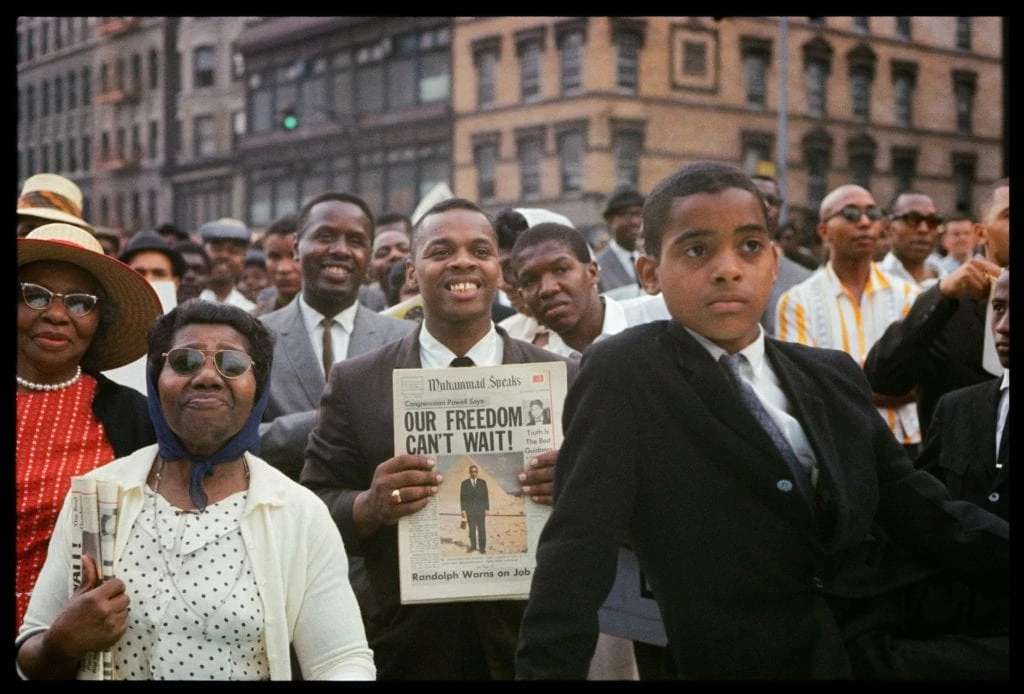 Pin
Pin Gordon Parks: Part One, which was due to open in March but was delayed due to London’s coronavirus lockdown, focuses on two of his defining photo essays for the magazine. For Segregation in the South (1956), which chronicles racial division in 1950s Alabama, Parks spent time with three families and captured the gentle rhythms of their daily lives – the life-affirming, often serene images of community life offered a stark opposition to the increasing violence and brutality of America’s growing civil Rights movement that surrounded them. Parks’ primary goal for the photos was to inspire empathy – as he reflected: “I felt it is the heart, not the eye, that should determine the content of the photograph”.
In his second story, Black Muslims (1963), Parks captures core members of the Nation of Islam, including Malcolm X and Ethel Sharieff, and spent months with the insular community after gaining the trust of their leader, Elijah Muhammad. His shots of peaceful protests and families at prayer are positioned next to powerful portraits of Malcolm X, and helped to question the prejudiced attitudes towards the Black Power movement that were prevalent in typical media portrayals of the group.
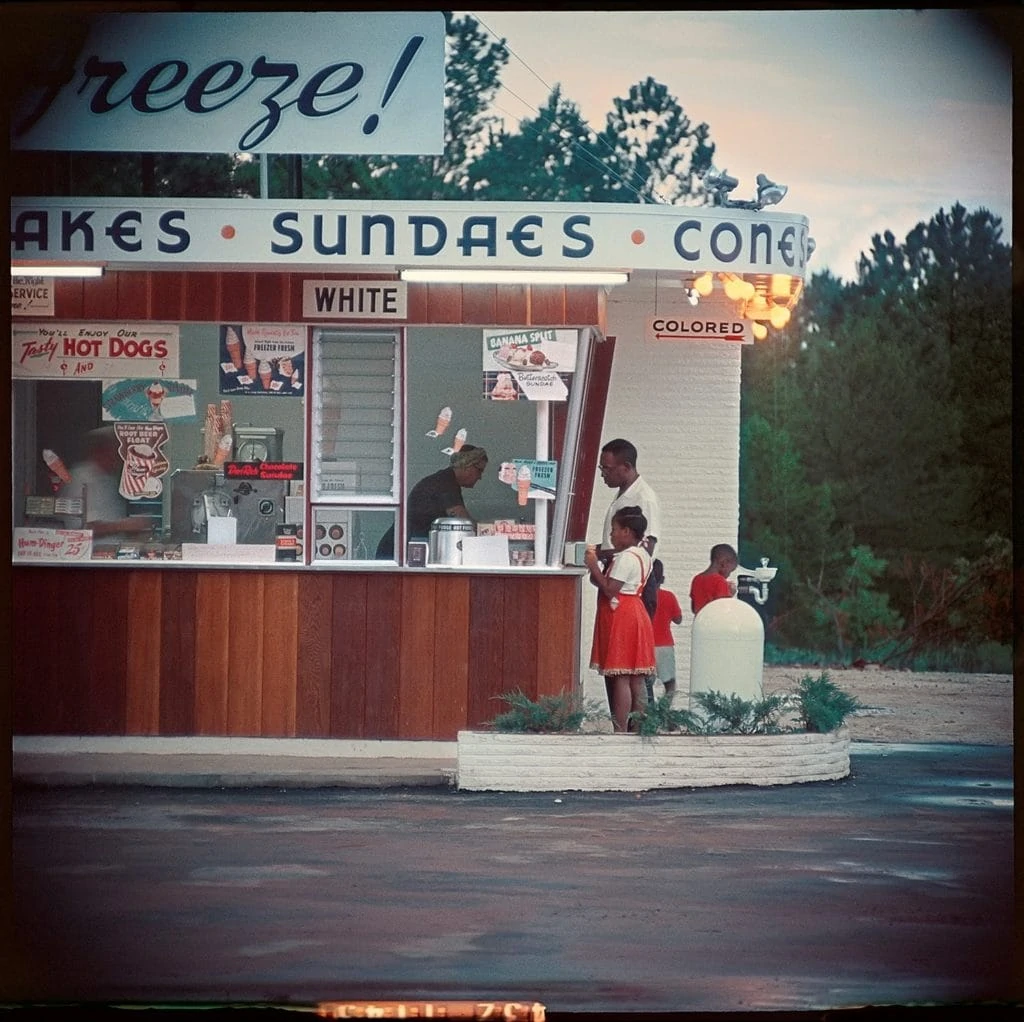 Pin
Pin Later in the year the gallery will be showing Gordon Parks: Part Two, which opens on 1 September and will be centred around Parks’ portrayal of the American professional boxer, philanthropist and activist Muhammad Ali. The show will feature a group of striking portraits taken by Parks in London and Miami between 1966 and 1970, when Ali was at the height of his success.
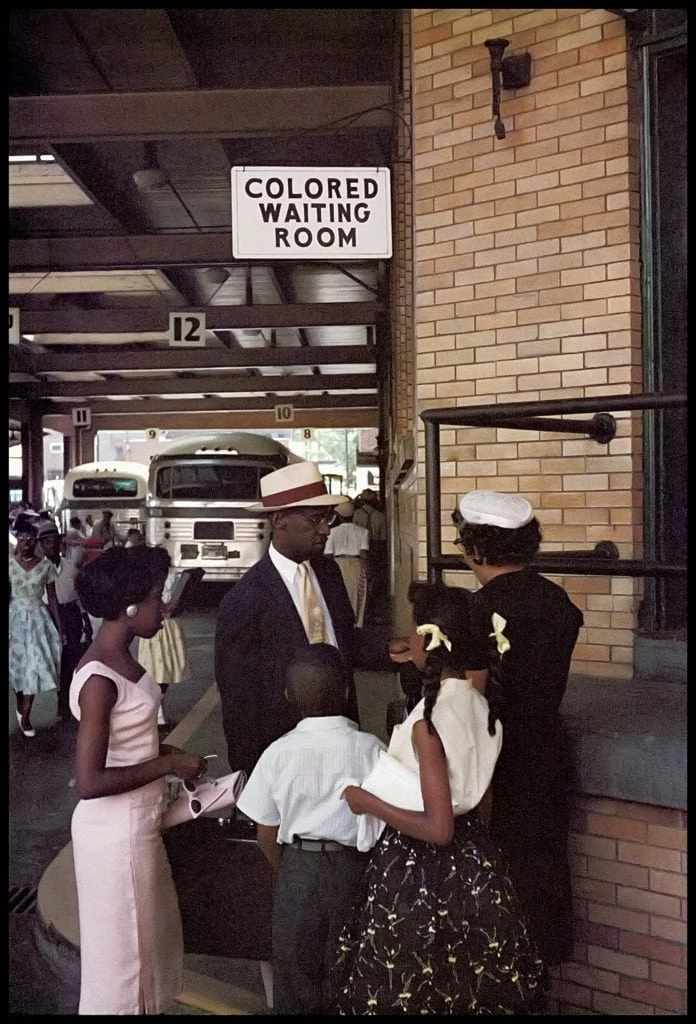 Pin
Pin Today Parks’ pioneering spirit lives on, most notably through the Gordon Parks Foundation, which awards $20,000 fellowships to two young black artists every year to create works that uphold the themes of representation and social justice that were so close to his heart.
Gordon Parks: Part One is on show at the Alison Jacques Gallery from 1 July to 1 August 2020
alisonjacquesgallery.com
